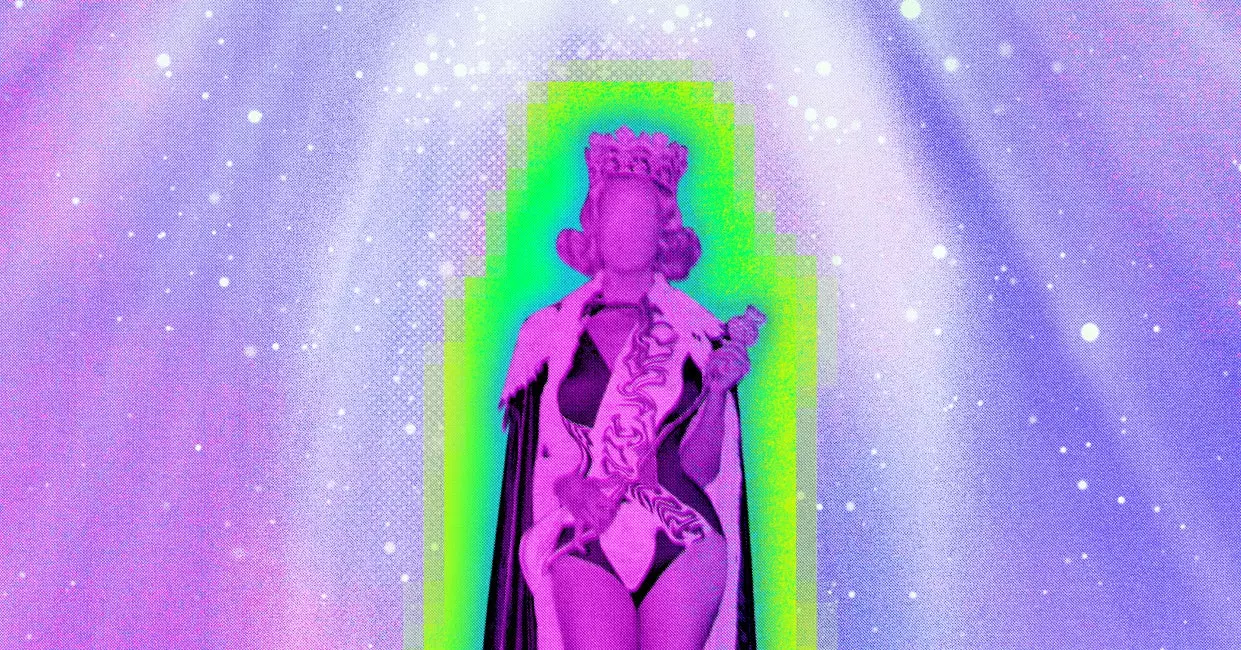It is no secret that artificial intelligence (AI) beauty pageants are becoming more popular, but sociologist Hilary Levey Friedman points out a crucial difference. She argues that contestants in these pageants are direct products of their creators, drawing on pre-existing stereotypes of what is considered beautiful. According to Friedman, AI users may have a different perspective on attractiveness, leading to a narrow definition of beauty in these pageants. While there may be variations in superficial features like hair color, the overall image of beauty remains within traditional boundaries, such as thin bodies and flawless skin.
Unlike traditional beauty pageants, AI contests like the World AI Creator Awards evaluate participants based on more than just their looks. Factors like “social media clout” and the creators’ ability to use prompts effectively in designing contestants play a significant role in determining the winner. According to Berat Gungor, a creator of AI contestant Seren Ay, it is nearly impossible to create an unattractive face using AI technology. While newcomers to image generation may struggle with distorted features, experienced teams can produce stunning results like Seren Ay, who was selected for her lifelike appearance.
Research conducted by the Washington Post using AI programs like DALL-E, Midjourney, and Stable Diffusion revealed a concerning trend in the AI-generated images of beauty. The vast majority of images depicted thin, light-skinned, and youthful women, reflecting a limited concept of attractiveness. The lack of diversity in these AI-generated models mirrors the prevailing standards of beauty perpetuated in mainstream media and entertainment. Sandhini Agarwal, OpenAI’s head of trustworthy AI, acknowledges this connection, suggesting that societal norms influence the outcomes of AI image generation.
The homogeneity of AI-generated beauty images raises questions about the impact of perpetuating narrow beauty standards. If AI algorithms predominantly produce images of thin, flawless women, it creates a feedback loop that reinforces existing beauty norms. As AI-generated influencers emerge from this cycle, they contribute to the collective media landscape, perpetuating the same ideals of beauty that they were designed to reflect. This cycle raises concerns about the potential for AI technology to reinforce societal beauty standards rather than challenge them.
AI beauty pageants offer a glimpse into the complex relationship between technology, creativity, and societal standards of beauty. While AI technology has the potential to create stunning visual representations, it is crucial to be mindful of the underlying biases and influences that shape these creations. By critically examining the outcomes of AI beauty contests, we can better understand how technology intersects with cultural norms and strive for more inclusive and diverse representations of beauty in the digital age.


Leave a Reply